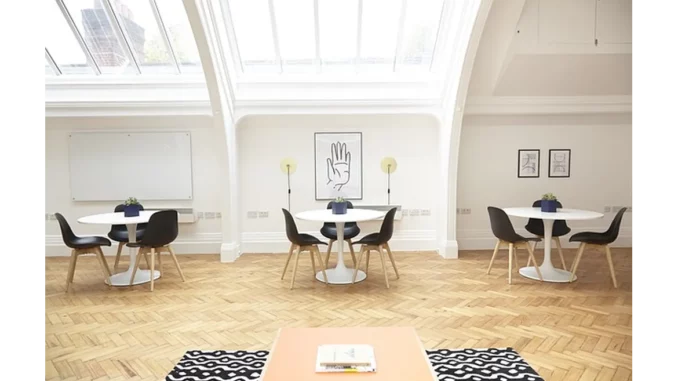
In today’s visually-driven world, capturing the essence of a space through photography has never been more important. Whether you’re a budding enthusiast or a seasoned professional, the art and science of interior photography require a keen eye and a thoughtful approach. Recently, I had the pleasure of sitting down with Sarah Bennett, a renowned interior photographer, to discuss her top tips for shooting interiors. Our conversation was enlightening, and I’m excited to share her insights with you.
Natural Light Over Artificial Light
One of the first things Sarah emphasised was the importance of natural light. “Natural light is your best friend,” she said with a smile. “It provides a balanced, inviting illumination that artificial light often can’t match.” She explained that shooting interiors during the early morning or late afternoon, known as the golden hours, can infuse photos with a soft, magical quality that’s hard to replicate with artificial lighting.
Sarah shared an anecdote about a recent shoot in a high-end apartment. “We opened all the blinds and curtains to let in as much sunlight as possible. The result was stunning – the room looked warm and welcoming.” However, she also noted that if natural light is scarce, using external flashes or shoot-through umbrellas can help distribute and soften the light evenly across the room.
Creating a Balanced Scene with Composition and Lines
When it comes to composition, Sarah’s advice was clear: “Pay attention to the lines in your viewfinder.” Straight lines, such as those of walls, furniture, and windows, dominate interior spaces, and ensuring these lines are straight can prevent visual distortion. She also mentioned the classic “rule of thirds” in photography. “By placing points of interest at the intersections of an imaginary grid, you create a visually balanced composition.”
Sarah recounted a shoot in a historic home where she used the room’s natural structure to guide the viewer’s eyes through the image. “Using hallways or furniture arrangements can effectively lead the viewer’s gaze and create a more engaging photograph,” she explained.
Showcasing the Essence of the Space
Capturing the essence of a space is about more than just snapping pictures. For Sarah, it’s about making each shot feel deliberate and intentional. “Decluttering is essential,” she said. “Removing unnecessary distractions like cords or personal items can make a significant difference.”
She also talked about accessorising thoughtfully to add depth and character. “In a minimalist living room, I might add a vibrant throw pillow or a stylish vase to create a focal point.” Sarah stressed the importance of maintaining a harmonious colour palette to elevate the image. “A pop of colour can add visual interest and bring the space to life.”
Diversifying Your Angles
There’s not just one way to photograph interiors, and Sarah encouraged photographers to experiment with different angles. “Varying your shooting angles can dramatically alter the perception of a space,” she said. “Don’t just stick to standing height – try shooting from a lower angle to emphasise furniture or from a higher vantage point to offer a unique overview.”
She recalled a shoot in a boutique hotel where she captured images from the corners of rooms to provide a wider perspective. “This technique highlighted more of the room’s features and told a richer story of the interior,” she said. Focusing on specific details like artwork or custom furniture pieces can also add depth and context to your images.
Refining Your End Product
Post-processing is a crucial step in interior photography, and Sarah shared her approach to refining shots. “Ensuring colours are true to life is vital,” she noted. “Adjusting the white balance in your editing software can help avoid colours looking too yellow or blue.”
Sarah also talked about using sharpening tools sparingly to enhance details without compromising the natural look. “Adjusting brightness and contrast can make the image feel vibrant and full of life,” she said. Cropping can also eliminate distractions and realign the subject matter, fortifying the composition’s intent.
Going Pro or DIY?
The rise of digital platforms has democratized photography, making it accessible to everyone. Sarah acknowledged that while professional photographers bring expertise, DIY ventures can produce captivating results with the right tips. “The essence of interior photography remains the same whether you’re a pro or an enthusiast: celebrating the beauty of spaces,” she said.
Our conversation with Sarah Bennett was a masterclass in interior photography. Her insights are invaluable for anyone looking to capture the essence of a space. By focusing on natural light, thoughtful composition, and meticulous post-processing, you can create stunning images that truly resonate with viewers. Whether you’re shooting a cosy living room or an elegant hotel suite, these tips will help elevate your interior photography to the next level.
Written by Mohamed Ahmed


Be the first to comment